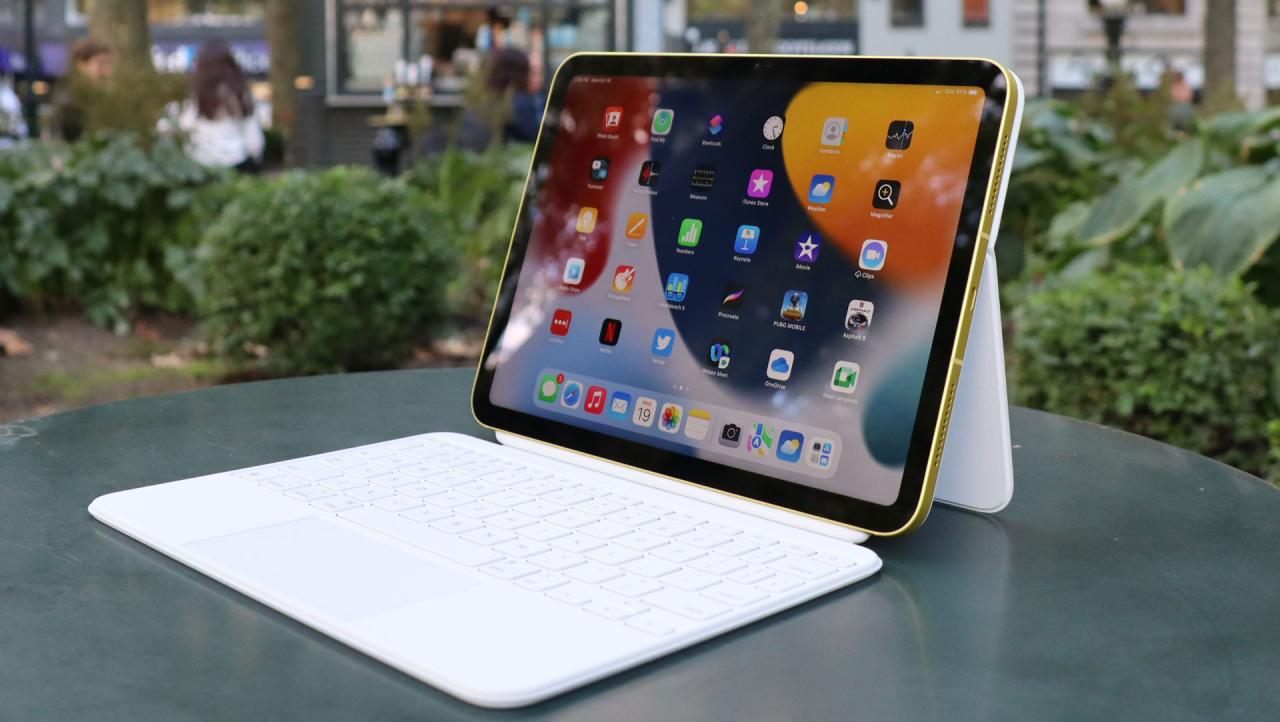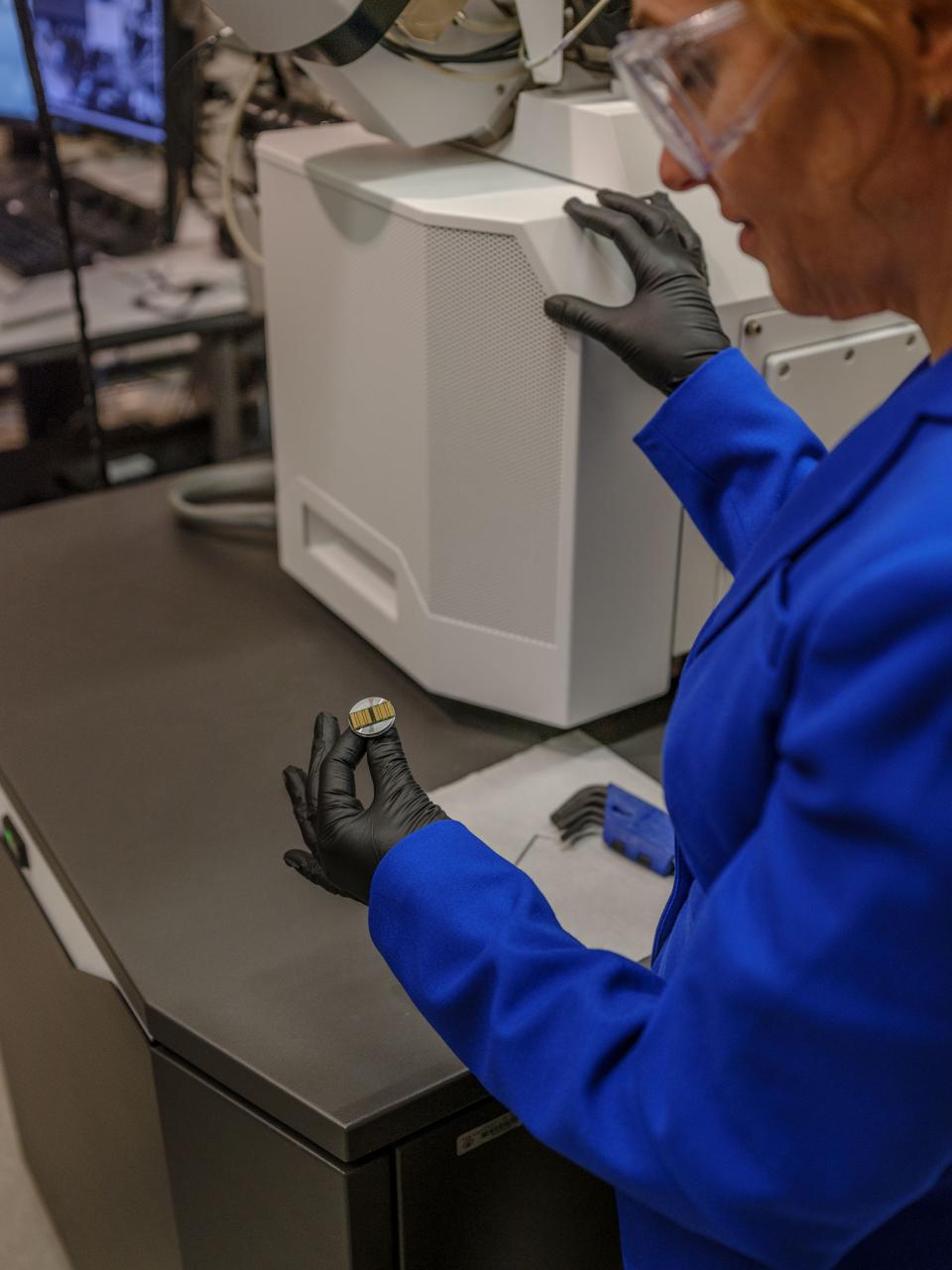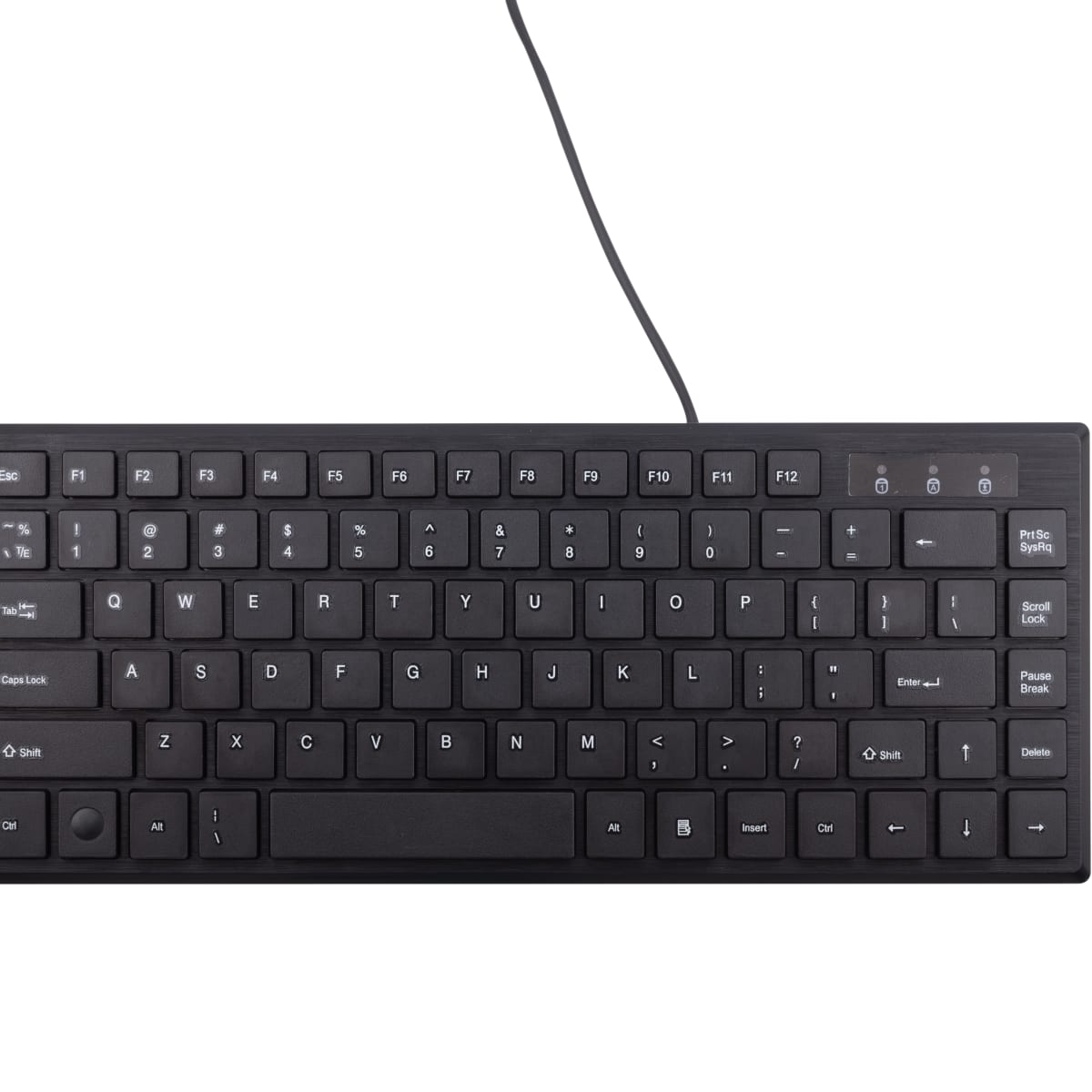The market is segmented by end-user industry ( personal use, commercial use, others ), type ( less than 7.0", 7.0-7.9", 8.0-9.6", 9.7", 9, 8 inches or larger ) and geographies. (Asia Pacific, North America, Europe, South America, Middle East and Africa).
Get sample report in PDF format : https://www.researchreportsworld.com/enquiry/request-sample/19277191
Major Tablet PC Market Players Covered in the Report:
Nokia:
● Cube:
●Huawei:
● an apple
● ASUS:
● Textlast electronics
● Colorful
●Microsoft
● Amazon
● Xiaomi:
Lenovo:
● Samsung:
Market overview.
The Tablet PC market revenue was USD million in 2016, will reach USD million in 2021-2022, and will reach USD million in 2026, with a CAGR of % during 2023-2026.
Looking at the impact of COVID-19 on the global Tablet PC market, this report examines the impact from a global and regional perspective. From the production end to the consumption end in regions such as North America, Europe, China and Japan, the report covers the analysis of the market according to COVID-19 and the respective responses in different regions.
This report also takes a detailed look at various companies' strategies to combat the impact of COVID-19 and find a path to recovery.
Chapter 1.8 of this report also details the development of the tablet PC industry amid the COVID-19 outbreak.
Get Sample PDF of Tablet PC Market Report [2023-2026]
The most important point of the report is to provide a strategic analysis of the impact of COVID-19 on the companies of the sector. At the same time, this report analyzed the market of 20 leading countries and presented the market potential of these countries.
The Tablet PC Market 2021 research provides a basic overview of the industry including definitions, classifications, applications and industry chain structure. The Global Tablet PC market analysis is provided for the international markets including development trends, competitive landscape analysis, and key regions development status. Development policies and plans are discussed, production processes and cost structures are analyzed. This report also provides import/export consumption, supply and demand, cost, price, revenue and gross margin figures. For each manufacturer covered, this report analyzes their Tablet PC production locations, capacity, production, ex-factory value, revenue and market share in global market.
Tablet PC Market Report 2022 provides important statistics, data, information, trends and competitive landscape in this niche.
The impact of COVID-19 on the tablet market.
In early 2020, the disease COVID-19 began to spread around the world, millions of people around the world were infected with the disease, and major countries around the world imposed border restrictions and work bans. With the exception of medical and life support, most industries have been hit hard, and the tablet computer industry has also been hit hard. The tablet PC market has grown to billion USD in recent years and the global tablet PC market will reach billion USD in 2021 and 2022.
The growth rate of the global tablet PC market was about one billion dollars, at the end of 2019, COVID-19 began to break out in China due to a severe slowdown in the global economy; we expect global economic growth to slow by about 4%, so the tablet PC market size will increase in 2023. This is one percentage point less than in previous years. As of the reporting date, more than 20 million cases of CVOID-19 have been confirmed worldwide, and the outbreak is not being effectively controlled. Therefore, we forecast that the global epidemic will be largely contained by the end of 2020 and that the global tablet PC market will reach USD 1 billion in 2026, with a CAGR of USD 1 billion between 2023 and 2026.
In addition, the report provides excellent information for readers, service providers, suppliers, distributors, manufacturers, stakeholders, and people interested in evaluating and studying this market for themselves. The Tablet PC Market Forecast Report provides data and information on changing investment patterns, technological advancements, market trends and developments, opportunities, and detailed information on key players in the Tablet PC Market. Additionally, the report also covers the development of the Tablet PC market in major regions around the world.
Find out how this report reflects the impact of COVID-19. Get a sample report at https://www.researchreportsworld.com/enquiry/request-covid19/19277191.
Competitive Analysis of the Tablet PC Market.
A serious overview of Tablet PC vendors provides nuances such as organization chart, total organization revenue, market potential, global presence, Tablet PC deals and revenue generated, industry total value, SWOT analysis, and product introduction. For the period 2023 to 2026, this study provides information about Tablet PC supply, revenue, and industry price for each player profiled in this report.
Global Tablet PC Market Segmentation.
The global tablet PC market is segmented into various types and applications based on product type and category. The growth of the market value and volume is estimated using CAGR for the forecast period 2022 to 2026.
The main types of Tablet PC market are presented in this report;
● Less than 7.0 inches ● 7.0 to 7.9 inches ● 8.0 to 9.6 inches ● 9.7 inches ● 9.8 inches or more
Product Application in Tablet PC Market:
● Personal use ● Commercial use ● Other
Data from the main countries included in this report:
● North America (USA, Canada and Mexico) ● Europe (Germany, UK, France, Italy, Russia and Turkey, etc.) ● Asia Pacific (China, Japan, Korea, India, Australia, Indonesia, Thailand, Philippines) ), (Malaysia and Vietnam) ● South America (Brazil, etc.) ● Middle East and Africa (Egypt and the countries of the Persian Gulf)
Inquire before you buy this report – https://www.researchreportsworld.com/enquiry/pre-order-enquiry/19277191
What does our report suggest?
● Estimated Tablet PC market share for regional and country segments. ● Enter strategic guidance for beginners. ● Tablet PC market forecast for all defined segments, sub-segments and regional markets. ● Market trends (drivers, restraints, opportunities, threats, challenges, investment opportunities and recommendations). ● Strategic analysis. Drivers and Restraints, Product/Technology Analysis, Porter's Five Forces Analysis, SWOT Analysis, etc. ● Competitive landscape map of major overall trends. ● Company profile with detailed strategy, financials and recent events. ● Supply chain trends reflect the latest technological advances.
Purchase this report ($3000 per user license) – https://www.researchreportsworld.com/purchase/19277191
Contents:
1 Introduction and overview of the tablet PC market
1.1 Research objectives
1.2 Overview of tablet PCs
1.3 Tablet PC market size and market size estimation
1.3.1 Level of market concentration and market maturity analysis
1.3.2 Global Tablet PC revenue and growth rate 2016-2026.
1.4 Market segmentation
1.4.1 Types of tablets
1.4.2 Tablet application
1.4.3 Areas of research
1.5 Market dynamics
1.5.1 Tablet PC Industry Trends
Drivers for tablet 1.5.2
1.5.3 Tablet PC market challenges
1.5.4 Tablet PC Market Constraints
1.6 Industry news and politics by region
1.6.1 Industry news
1.6.2 Industrial policy
1.7 Mergers and Acquisitions, Expansion Plans
1.8 Tablet Industry Trends During the COVID-19 Outbreak
1.8.1 Overview of the situation with COVID-19
1.8.2 Impact of the COVID-19 Outbreak on the Development of the Tablet PC Industry
2 Analysis of the industrial chain
2.1 Analysis of demand and supply of raw materials for exploration and production
2.1.1 Tablet PC Key Raw Materials and Suppliers
2.1.2 Analysis of raw material sources
2.2 Major Players in the Tablet PC Market
2.2.1 Major players in the tablet PC market in 2020
2.2.2 Market shares of major players in 2020
2.3 Analysis of the cost structure for the production of tablet PCs
2.3.1 Process analysis
2.3.2 Cost structure of KKKKK products
2.3.3 Tablet operating costs
2.4 Tablet PC market analysis
2.5 Customers on applications
3 Global Tablet PC Market by Type
3.1 Global Laptop Revenue and Market Share by Type (2016-2021)
3.2 Global Tablet PC Production and Market Share by Type (2016-2021)
3.3 Global Laptop Revenue and Growth Rate by Type (2016-2021)
3.3.1 Global Sub-7.0 inch Tablet PC Revenue and Growth Rate
3.3.2 Global 7.0-7.9 inch Touch Screen Tablet PC. Income and growth rates
3.3.3 Global 8.0-9.6 Inch Tablet PC Revenue and Growth Rate
3.3.4 Global 9.7 Inch Tablet PC Revenue and Growth Rate
3.3.5 Global Tablet PC 9.8 inch+ Revenue and Growth Rate
3.4 Tablet PC Price Analysis by Type (2016-2021)
3.4.1 Explanation of price dynamics for different types of goods
4 Tablet PC Market by Application
4.1 Overview of the transitional market
4.2 Tablet PC Consumption and Market Share by Application (2016-2021)
4.3 Global Tablet PC Consumption and Growth Rate by Application (2016-2021)
4.3.1 Global Tablet PC Consumption and Personal Use Growth Rate (2016-2021)
4.3.2 Global Tablet PC Consumption and Commercial Use Growth Rate (2016-2021)
4.3.3 Global Consumption Growth Rate of Tablet PCs and Other Devices (2016-2021)
5 Global Tablet PC Consumption, Revenue ($) by Region (2016-2021)
5.1 Global Tablet PC Revenue and Market Share by Region (2016-2021)
5.2 Global Tablet PC Consumption and Market Share by Regions (2016-2021)
5.3 Global Tablet PCs Consumption, Revenue, Price and Gross Margin (2016-2021)
5.4 North America Tablet PCs Consumption, Revenue, Price and Gross Margin (2016-2021)
5.4.1 North American Tablet PC Market Faces with COVID-19
5.4.2 North America Tablet PC SWOT Analysis
Europe Tablet PC 5.5 Consumption, Revenue, Price and Gross Margin (2016-2021)
5.5.1 The European tablet market in the face of COVID-19
5.5.2 European SWOT analysis of tablet PCs
5.6 China Tablet PC Consumption, Revenue, Price and Gross Margin (2016-2021)
5.6.1 China's tablet market in the face of COVID-19
5.6.2 SWOT Analysis of Tablet PCs in China
5.7 Japan Tablet PC Consumption, Revenue, Value and Gross Margin (2016-2021)
5.7.1 The Japanese tablet market in the face of COVID-19
5.7.2 SWOT Analysis of Japanese Tablet PCs
5.8 Middle East and Africa Tablet PC Consumption, Revenue, Price and Gross Margin (2016-2021)
5.8.1 Middle East and Africa Tablet PC Market Faced with COVID-19
5.8.2 Middle East and Africa Tablet PC SWOT Analysis
5.9. India Tablet PC Consumption, Revenue, Price and Gross Margin (2016-2021)
5.9.1 Indian tablet market in the face of COVID-19
5.9.2 India Tablet PC SWOT Analysis
5.10. South America Tablet PC Consumption, Revenue, Price and Gross Margin (2016-2021)
5.10.1 South America Tablet PC Market Faces with COVID-19
5.10.2 South America Tablet PC SWOT Analysis
5.11 South Korea Tablet PC Consumption, Revenue, Price and Gross Margin (2016-2021)
5.11.1 The South Korean tablet market in the face of COVID-19
5.11.2 SWOT Analysis of Tablet PCs in South Korea
5.12. Southeast Asia Tablet PC Consumption, Revenue, Price and Gross Margin (2016-2021)
5.12.1 South East Asia Tablet PC Market Faces with COVID-19
5.12.2 Southeast Asia Tablet PC SWOT Analysis
Top 6 Tablet PC Manufacturers by Region (2016-2021)
6.1 Global Tablet PC Production by Major Regions (2016-2021)
6.2 North America Tablet PC Production and Growth Rate
6.3 Tablet PC production and growth rates in Europe
6.4 Growth rate and production of tablet PCs in China
6.5 Production and growth rate of tablet PCs in Japan
6.6 Tablet PC Production and Growth Rate in India
7 Global Consumption of Tablet PCs by Region (2016-2021)
7.1 Global Tablet PC Consumption by Regions (2016-2021)
7.2 North America Tablet PC Consumption and Growth Rate
7.3 Tablet PC consumption in Europe and growth rate
7.4 China Tablet PC Consumption and Growth Rate
7.5 Consumption of notebook computers in Japan and growth rate
7.6 Middle East and Africa Tablet PC Consumption and Growth Rate
7.7 India: Tablet PC Consumption and Growth Rate
7.8. Tablet PC consumption in South America and growth rate
7.9 South Korean Tablet PC Consumption and Growth Rate
7.10 Southeast Asia Tablet PC Consumption and Growth Rate
8 Competitive environment
8.1 Competitive Profile
8.2 Analysis of Nokia's market activity
8.2.1 Company Profiles
8.2.2 Tablet PC Product Profiles, Applications and Specifications
8.2.3 Nokia Sales, Revenue, Price, Gross Margin, 2016-2021.
8.2.4 Recent Business Developments
8.2.5 The Company's strategies for dealing with the consequences of COVID-19
Continuation. .
Full Table of Contents – https://www.researchreportsworld.com/TOC/19277191#TOC
About us:
Research Reports World is your trusted source of market reports to meet your business needs. Research reports the world aims to provide a platform for market research researchers worldwide to publish their research reports to decision makers: market research decisions research research research research research research research research research research research research research research research research research research research research research research research research research research research research research research research research research research research research research research research research research research research research research research research research research research research research research research research research research research research research research research research research research research research research research research research research research research research research research research research research research research research research research research research research research
with me
Research Reports World
Team:
– (+1) 424 253 0807
– (+44) 203 239 8187
Please contact [email protected]
http://www.researchreportsworld.com
Our other reports.
[2023-2030] | | and threats
[2023-2028] | X usumn rdyun dnyaneri in k ver ver
| for 7339.52 for 7339.52 for 20.31% | تانكتاسمان غرور 2023-2027 vol
| | CAGR-25.16% | تانكتاسمان غرور 2023-2027 vol
Citrus juice market h, m, 2022 tv x trends, z k, hktk, hta
Botulism shuk shuk shuk 2022 x rdyun g, Chyo, r, h, m, egentegent, grampan enlaziut peht da da da da da da da da da da 2028 t.
L'Express Wire
Express Wire – इत त वाषfता ह प˙
COMTEX_426011257/2598/2023-03-06T03:12:13
Նս ه ک ک ک:



![The Ultimate Research Report Of Tablet Computers Market [20232026] Is Trending Exclusively Worldwide | Top Countries Data Included](https://timeswonderful.com/wp-content/uploads/2023/03/19-1-1.jpg)










